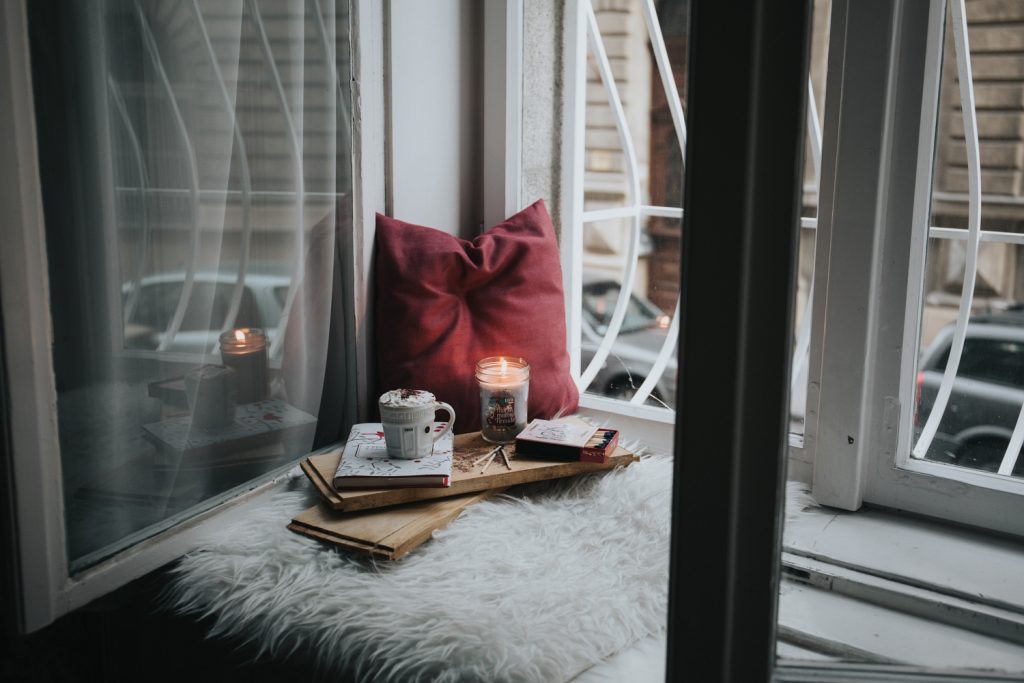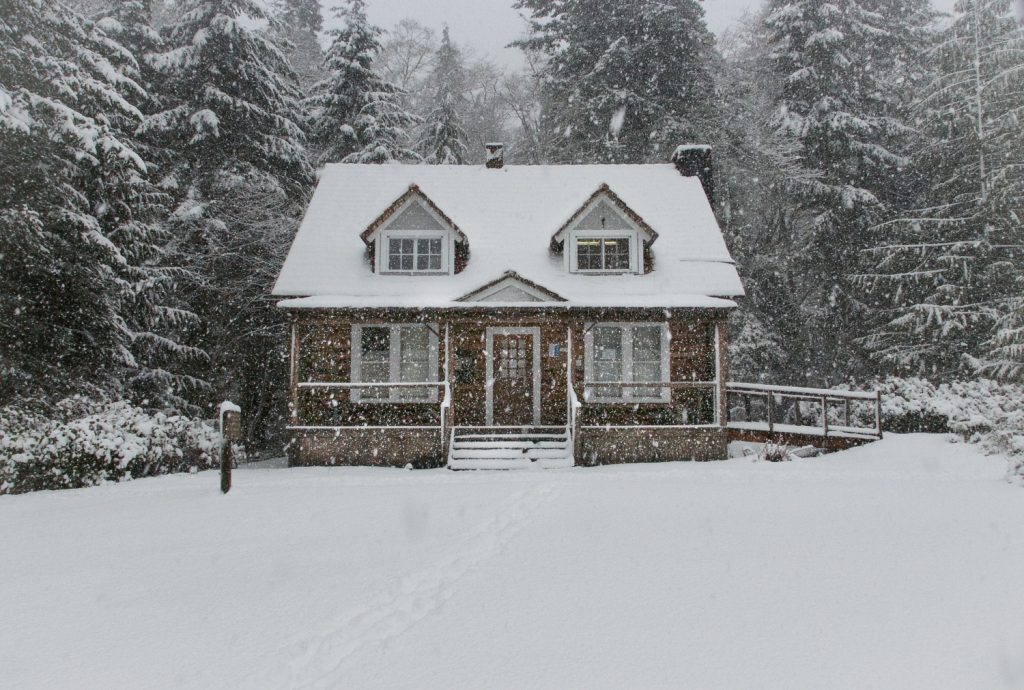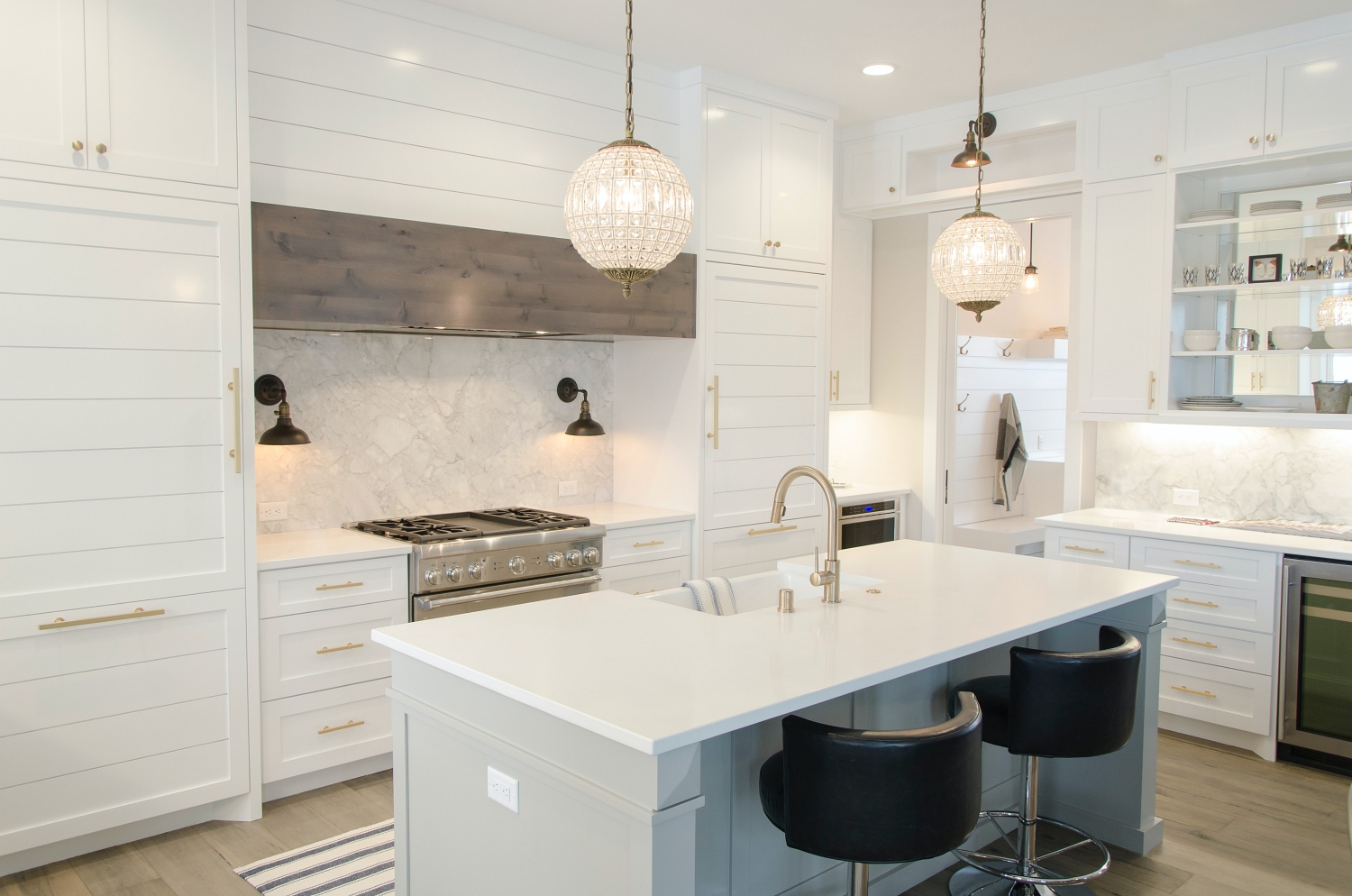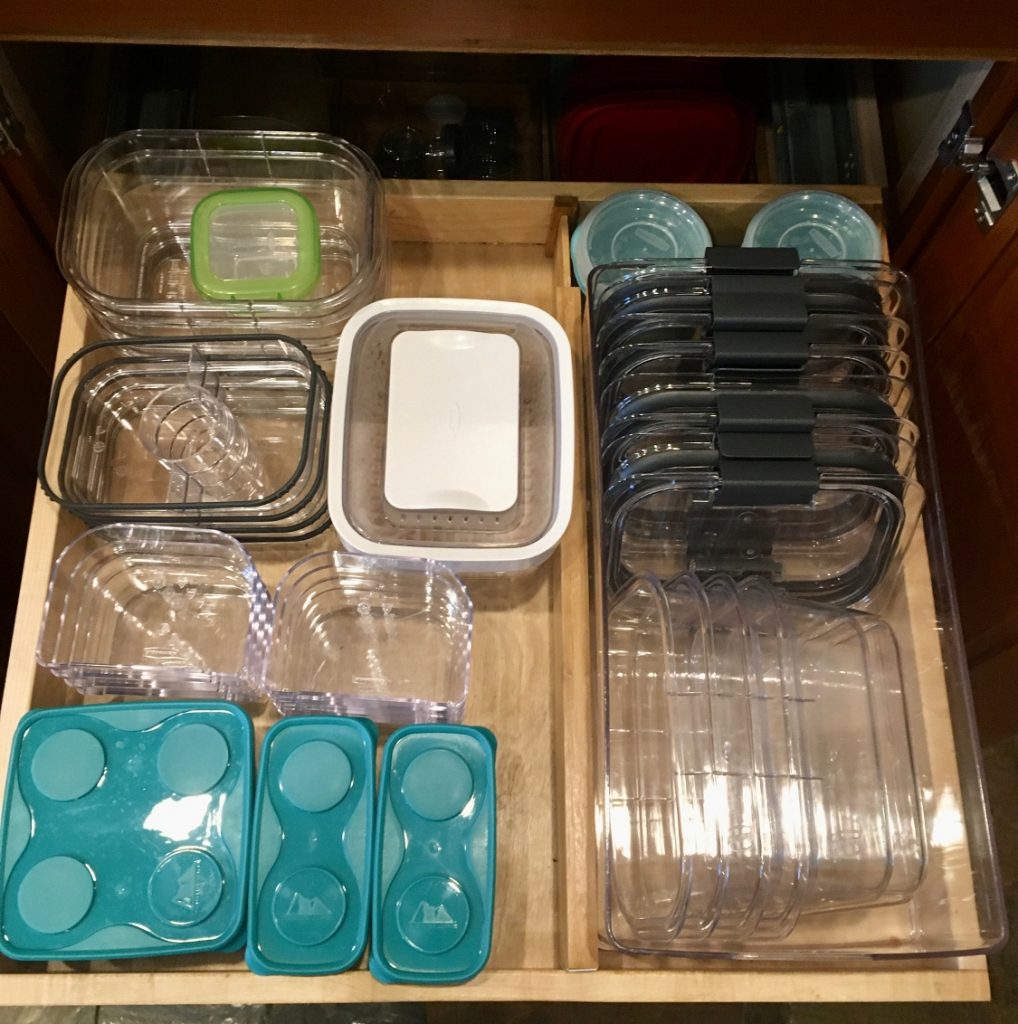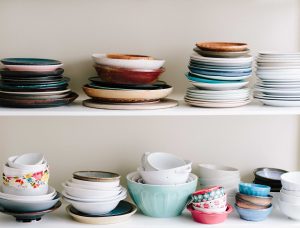*Guest post written by Ray Flynn, diyguys.net.
Buying a home for the first time can be stressful. It’s a huge investment. Luckily, homes that are in dire need of repairs go for much less. Fixer-uppers are ideal for renovation and easy decorating. If you’re considering buying a home that needs some TLC as your first property, here are some tips that will help with this decision.
When you’re ready to seriously declutter and organize your home, connect with the pros at Making Space Organization. Call 616.915.5481 today!
Look into Zoning Laws
The first step you need to do is try and figure out what part of your town or city you want to live in and see if there are any fixer-upper homes in that area. You need to make sure you look up the zoning rights for that area, especially if you’re already thinking about a certain home.
Zoning restrictions will give you more insight about the home and what you’re allowed to do to the property legally. For example, if you have your sights set on a fixer-upper in a historic district, construction projects may be limited. You can visit the municipality’s website or arrange a meeting with a staff member to learn more about zoning laws in your area.
Work With a Contractor
Once you’ve decided on a fixer-upper home, hire an architect or contractor to walk through it. Family Handyman recommends having a list of things that you want to be inspected beforehand. It’s important to get a professional’s opinion before you start working on your house for a variety of reasons. They can let you know if the home you’re interested in is in your budget and if it’s worth buying. If your list of projects includes creating a wrap-around porch or a second bathroom, they can let you know if these are doable.



Decide Which Projects to Pursue
Have you decided which renovation projects you’d like to prioritize? Start by making a list. Then figure out what needs to be fixed immediately and what can be delayed. Rockwell Tools recommends making repairs prioritizing repairs that will fix any safety hazards first. Make sure your budget aligns with the repair costs you’re estimating. If you don’t have a huge budget, you can renovate your home with DIY repairs: replacing doors, refinishing floors, and repainting walls. Make sure you have the right tools (including jigsaws, drills and sanders), and these projects will be a lot easier to complete.
More involved projects that include structural repairs, electrical wiring, or plumbing changes will cost more of your budget and require professionals. Another project that will likely require hiring a pro is window repair and replacement. The cost of these services will depend on which type of window is being repaired or replaced. To find the right window repair services, always ask for customer referrals and make sure they’re licensed and insured.



Figure Out if You Want to Sell
Once you’re finished with your renovations, you may think the hard part is over. But, now you have to decide if you want to live in your newly renovated home or sell it for a profit. What should you consider before you make this big decision? Look at the state of the housing market and how much you spent on renovating your home.
If you’re currently in a buyer’s market, we recommend staying in your new home for a couple of years. If you’re in a seller’s market, get a second opinion from a residential appraiser and consider putting it up for sale. A residential appraiser will be able to walk through your home and let you know the worth. Once you get a final estimate, you can decide if you want to put it on the market.
Buying a fixer-upper as your first home can make the home purchasing process easier in some ways. A fixer-upper home usually costs less than other homes on the market. You will also gain valuable experience fixing it up. Just keep these tips in mind, and you’ll soon have success with your own fixer-upper, whether you decide to live in it or sell it for a profit.




